Christian: Yeah. It's interesting, the story that the work is based on is a fairly well-known story nationwide or even around the world, but in Nebraska especially, it's one of the biggest news stories in the history of the state. It's become local folklore there in a way, and as people have become aware of the work that I've made, they've come to me with stories and discoveries. I found this man who was working on an old house in Lincoln, tearing the house apart and renovating it, and when they tore into one wall, they found a stash of negatives and prints, many of which I've never seen before, crime scene photographs and police photographs. Some of them were far too risky for me to include because I'd never wanted to take too sensational of an approach with the work, but there is one crime scene photo that is included in the third printing. You can see the shoe coming out from under the bed and I do think that there probably is a body attached to that.
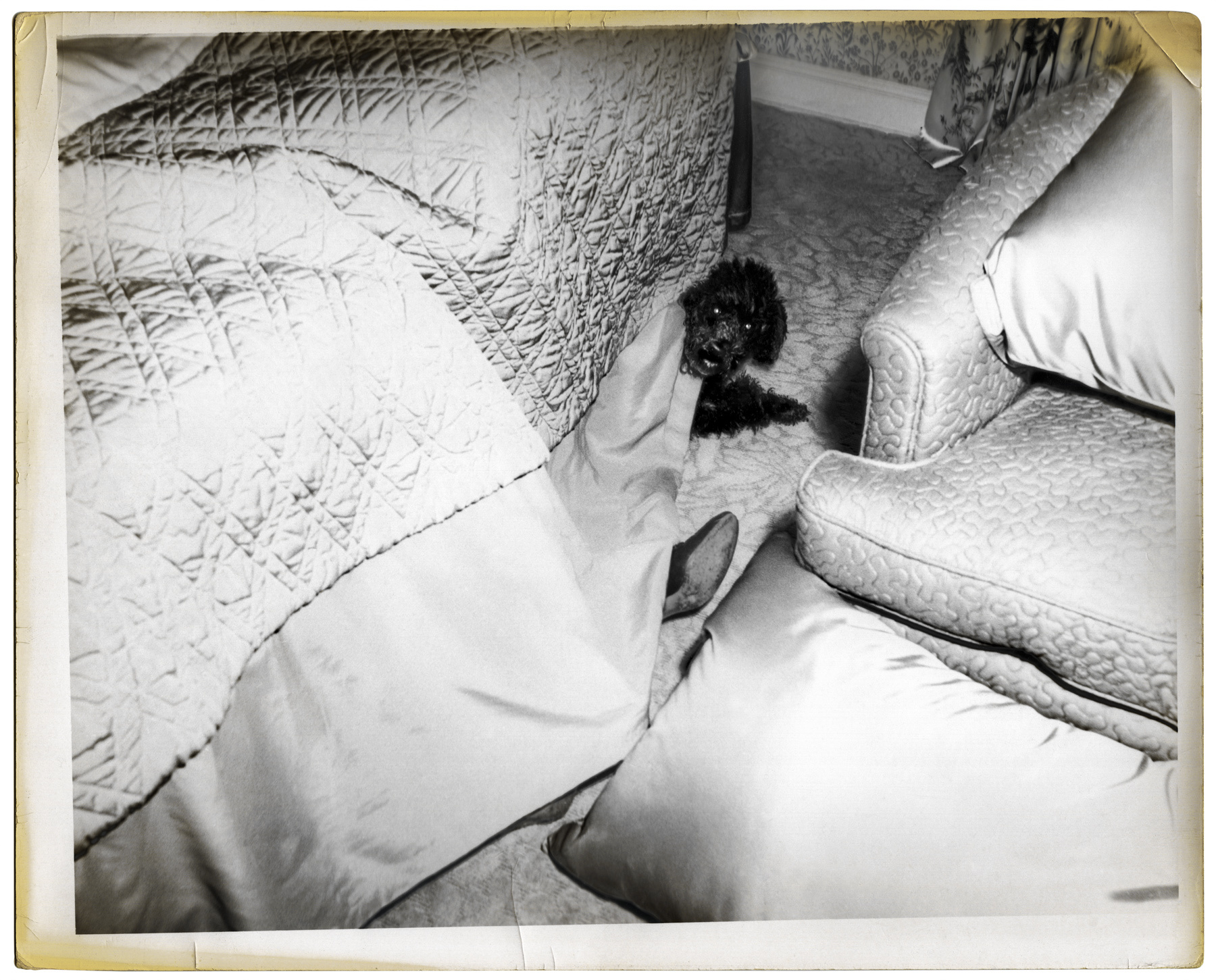
Yeah, that was my intention with the making of the book, to add some mystery and have the book serve as a visual crime scene, a collection of clues that someone could look at and maybe find their own way. It's a tricky balancing act, presenting the work in that way, but I also included the booklet that helps to explain what’s going on. [Editor's note: a separate small, stapled book accompanies the hardbound book that contains both background on the killings as well as an essay on Christian’s artwork.] But by having it be its own separate piece that can be removed from the booklet, the reader can decide whether or not to read it.
Yeah, earlier today, I ran across a review of the book and they were under the impression that a certain image in the book—this image of the bottle of Oregon Trail Black Cherry Soda—was an appropriated image, but this is actually an example of an image that appears to be old but that is in fact something I made to look old. I painted around the bottle in the same way that a photojournalist or someone that was retouching the photograph or a newspaper would have done. I want to confuse the viewer or open the door to let there be that blending, that mixing, that blurring of the lines between fact and fiction, past and present.
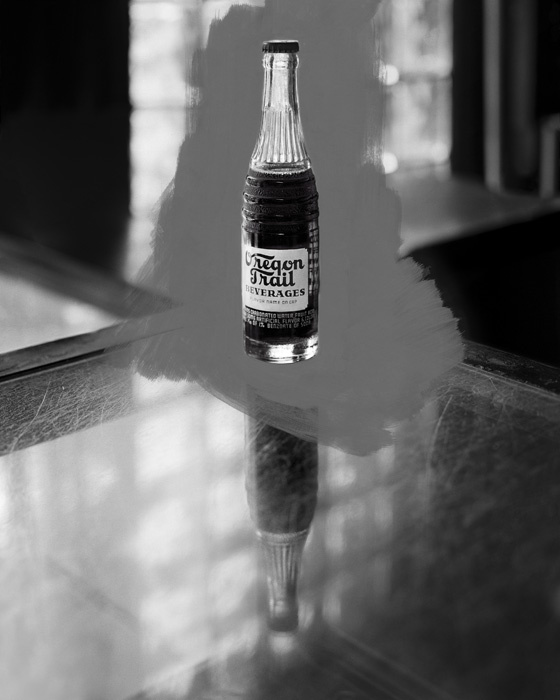
When I initially started the project, that's definitely not what I had in mind. I began by making much more straight work, more heartfelt documentary photography. I initially set out to do something similar with Redheaded Peckerwood in that I thought that I knew the story and knew that it involved the element of travel and it included this trail that I could follow. I thought that I would just follow that path and make photographs along the way, document this landscape that was charged by the story. I could've made good images, and that for some people or some projects, could have been enough.
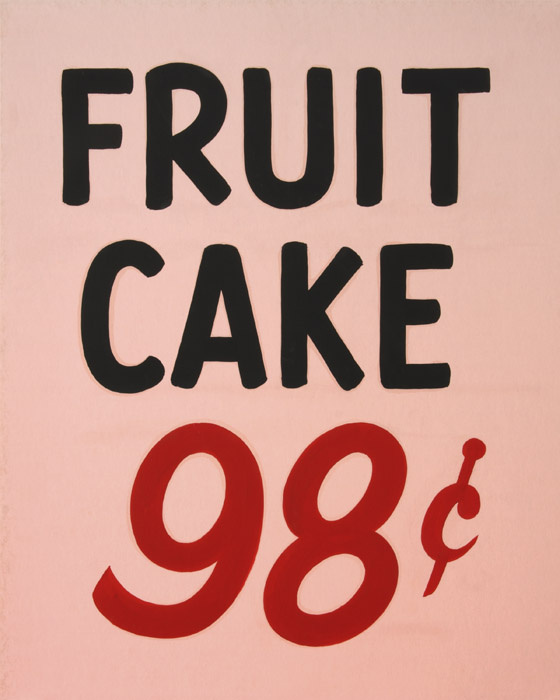
It was freeing. It didn't take long for me. Again, I was faced with the decision to either stop now, or do this and enable the continuation of the work. Once I opened that door, it was very freeing not only for this project, but for my practice in general. I think that this is a way of working that I'm interested in continuing. I'll keep on making photographs or even making more series that consist solely of photographs. But I think I'll continue to work in this more multifaceted way.I also read that you made this work over a five-year period. How does working on and living with a project for that amount of time influence the work?That was a reflection of the logistical situation, first and foremost. I was living in Memphis at the time and Nebraska was pretty far enough away. I had decided early on that to remain true to some extent to the story, to maintain some connection to the story or have some underlying veracity to the project, I needed to make the work in the same place, at the same time of year like Charlie and Caril Ann did. I wanted to visit these places and things that were part of the story were possible, but I wanted to do it the same time of year and to be in the same landscape and have the same feeling myself and have the same look in the work. That was probably the primary thing that influenced how long it took me to make this.

The rumor is that she changed her name or that she married someone and maybe changed her name in that way. I think she's resurfaced once or twice in what is now roughly 45 years since she's been out of jail, and one of those times she went on an early reality-type game show called Lie Detector [Editor's Note: hosted by F. Lee Bailey]. The whole premise of the show is that people were invited to come on and take a polygraph exam. She was on the show, and they asked her some questions. They tried to ask her whether or not she was in fact guilty or whether Charlie kidnapped her, and she passed. The test showed that she was innocent.
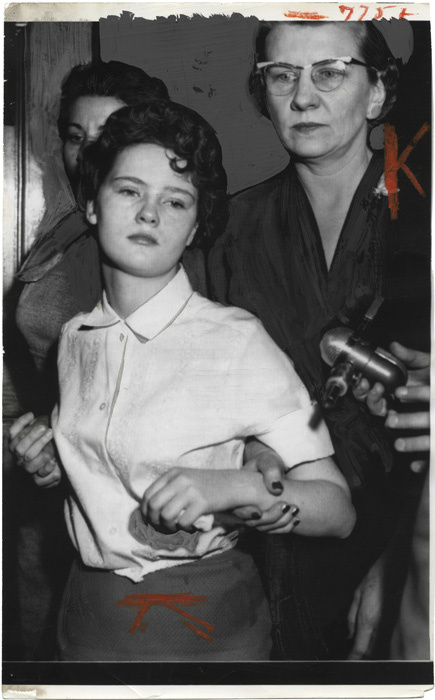
Yeah, there are only a few people who know what happened. I guess they're the two kids, the killers, and the victims. The victims, they're all gone, and Charlie is long gone, too. I think that story is just going to die with Caril.
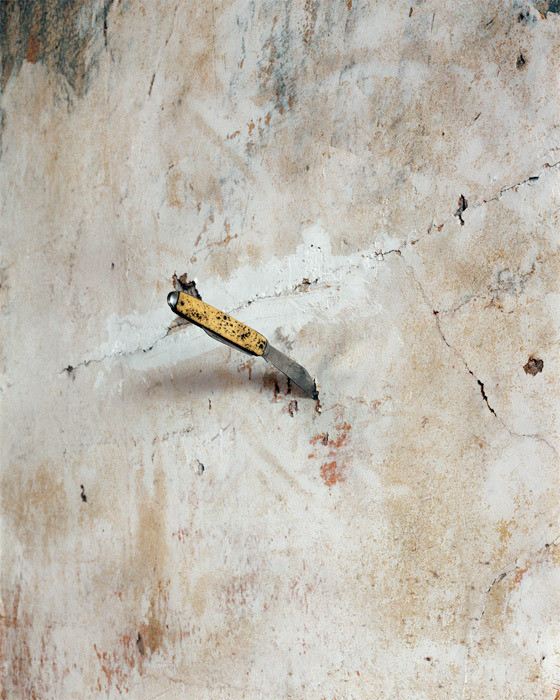
©Christian Patterson, courtesy MACK / www.mackbooks.co.uk

©Christian Patterson, courtesy MACK / www.mackbooks.co.uk
©Christian Patterson, courtesy MACK / www.mackbooks.co.uk
©Christian Patterson, courtesy MACK / www.mackbooks.co.uk
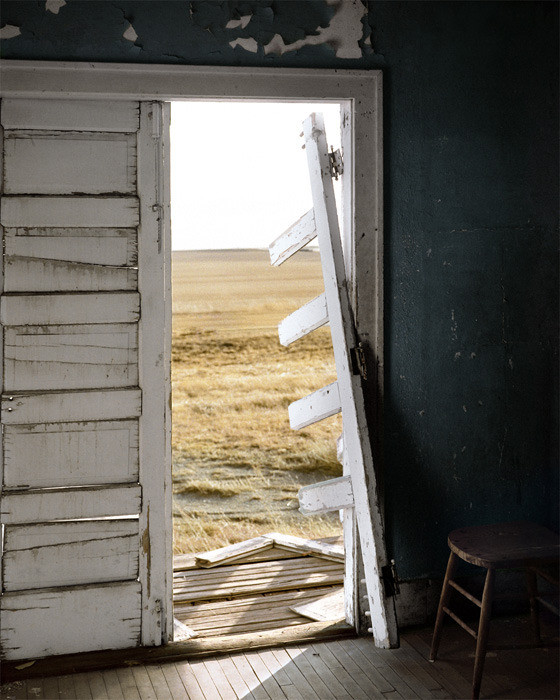
©Christian Patterson, courtesy MACK / www.mackbooks.co.uk
©Christian Patterson, courtesy MACK / www.mackbooks.co.uk
©Christian Patterson, courtesy MACK / www.mackbooks.co.uk
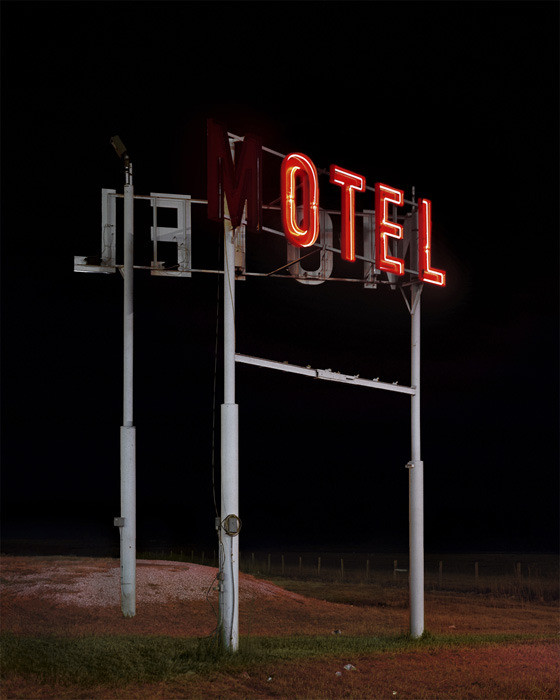
©Christian Patterson, courtesy MACK / www.mackbooks.co.uk
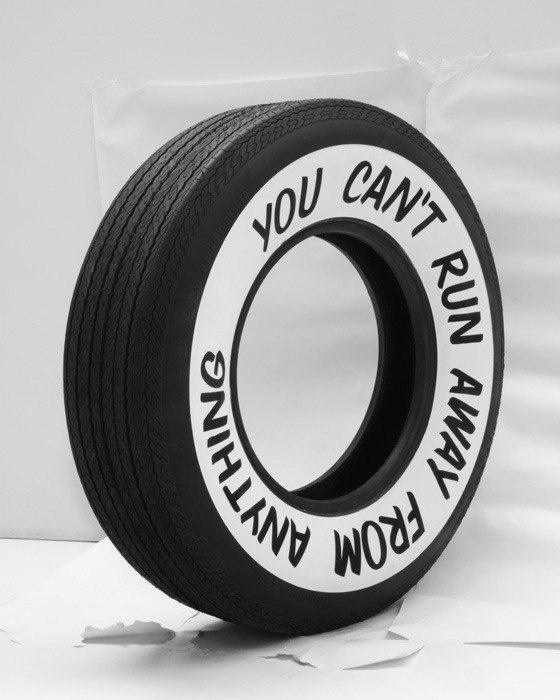
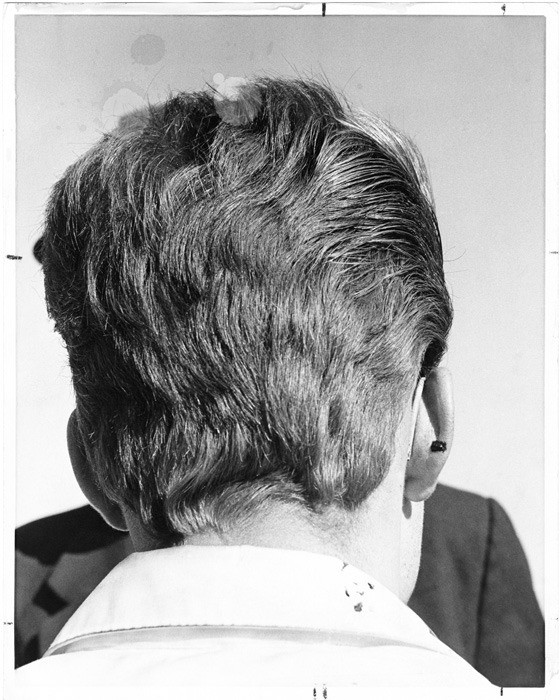
©Christian Patterson, courtesy MACK / www.mackbooks.co.uk
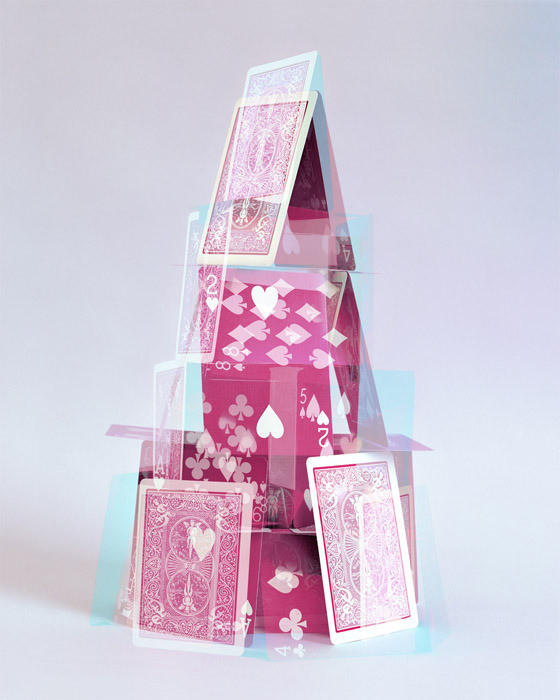
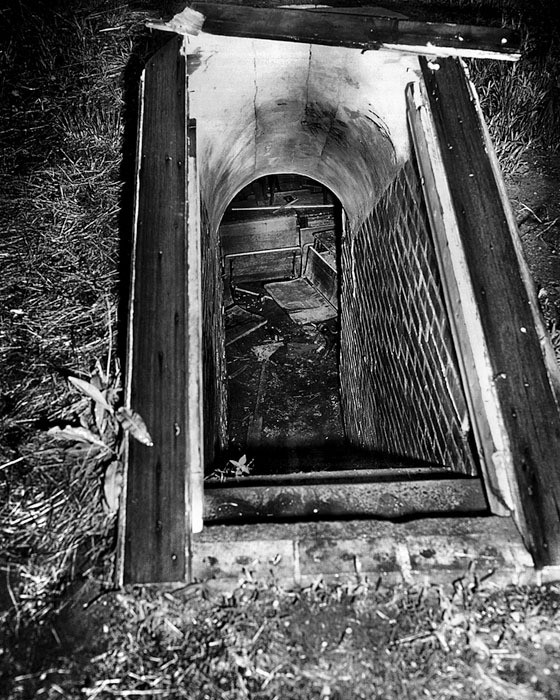
©Christian Patterson, courtesy MACK / www.mackbooks.co.uk
